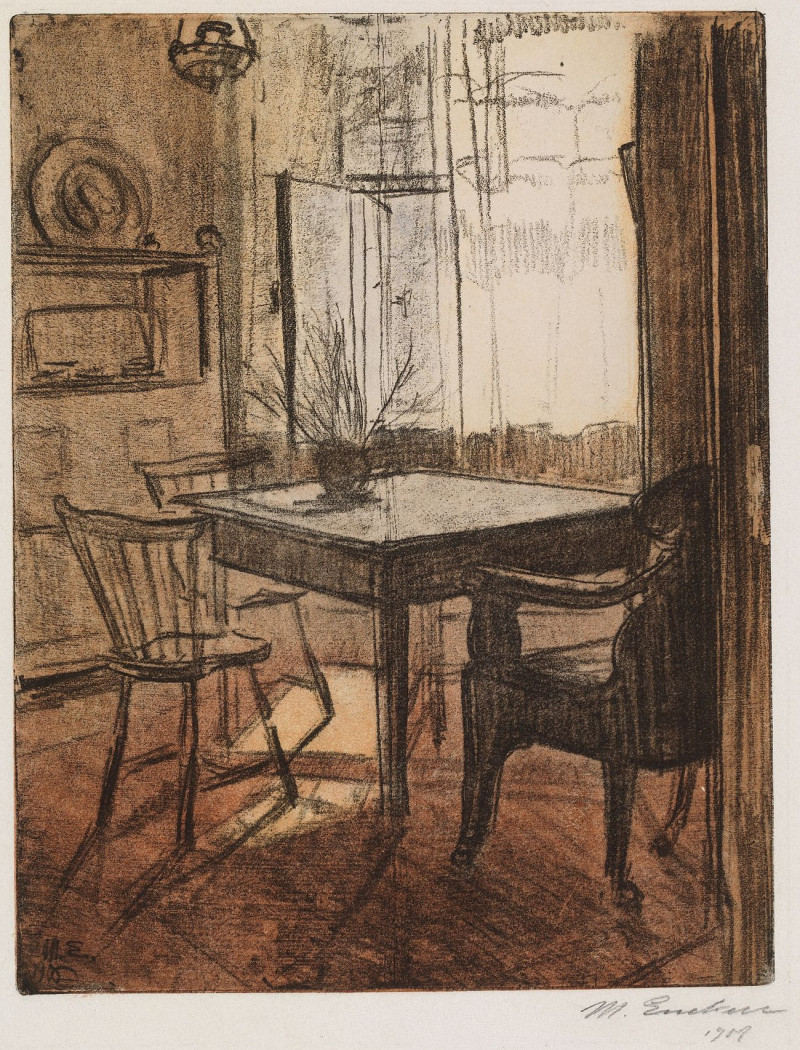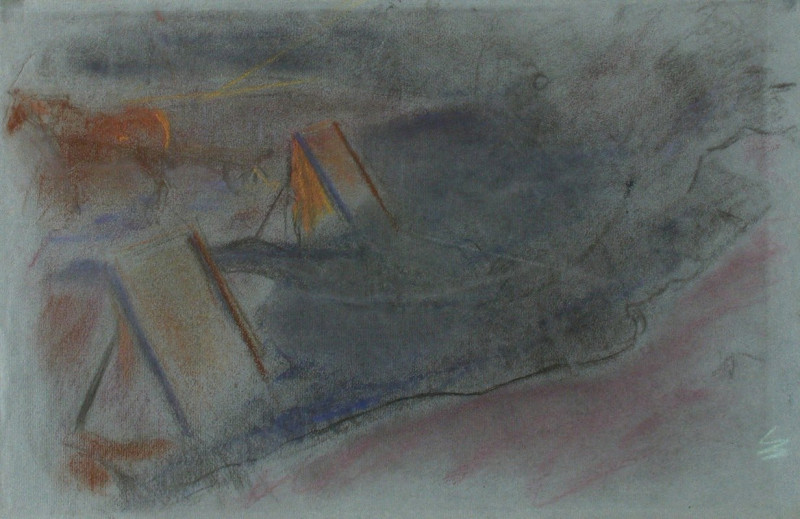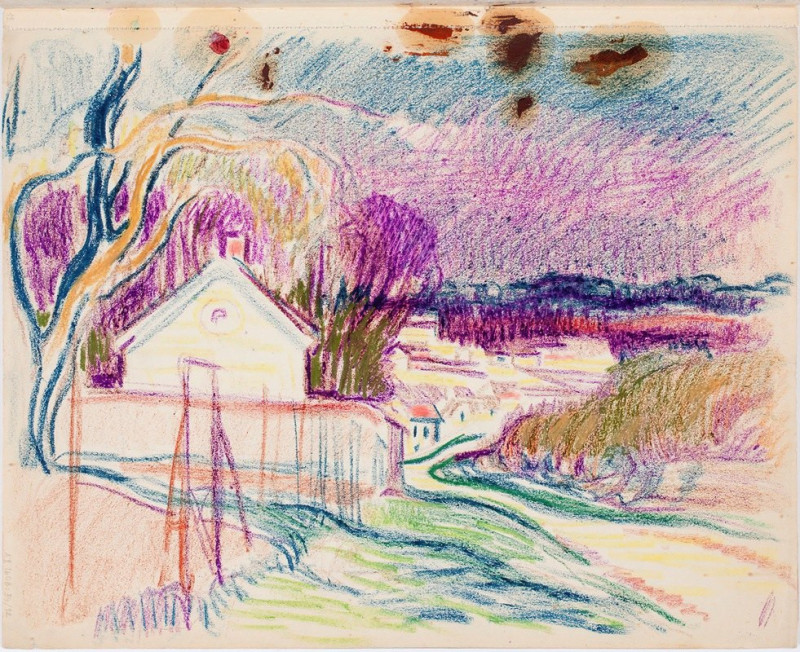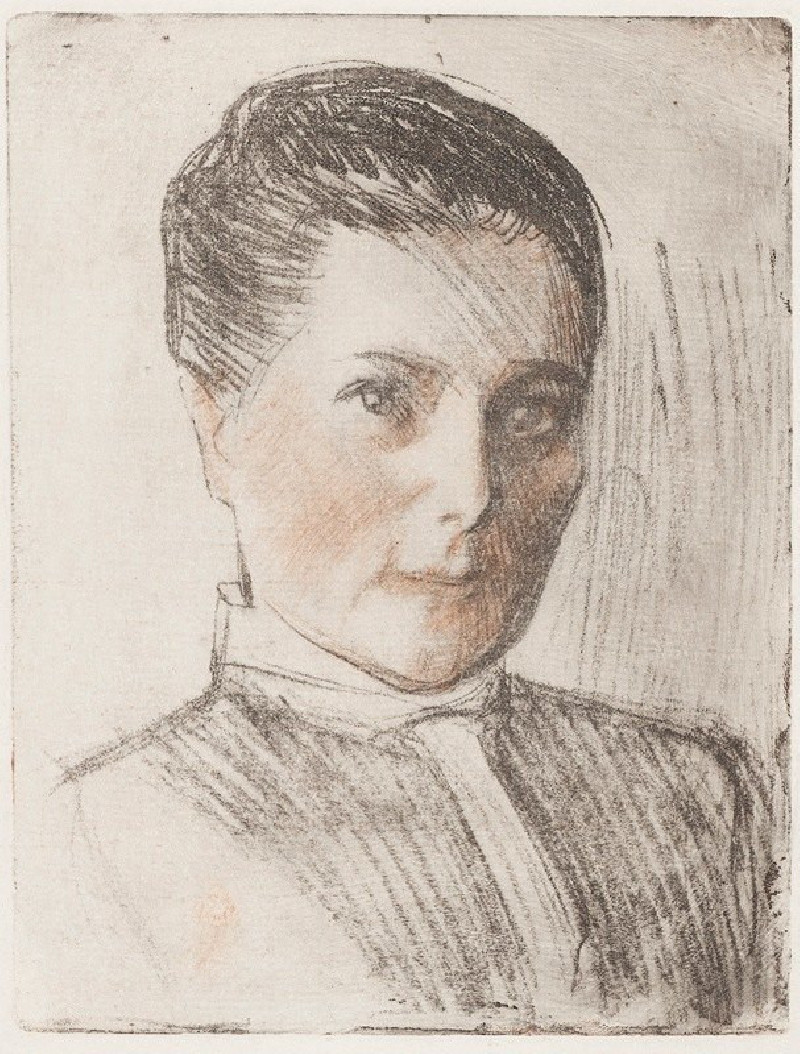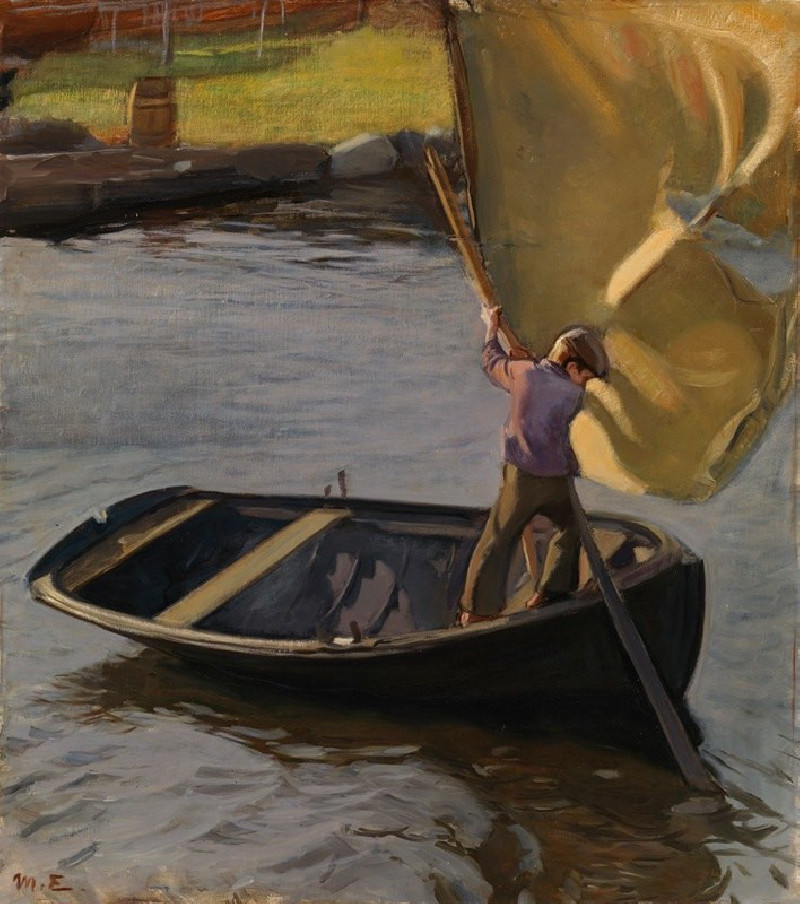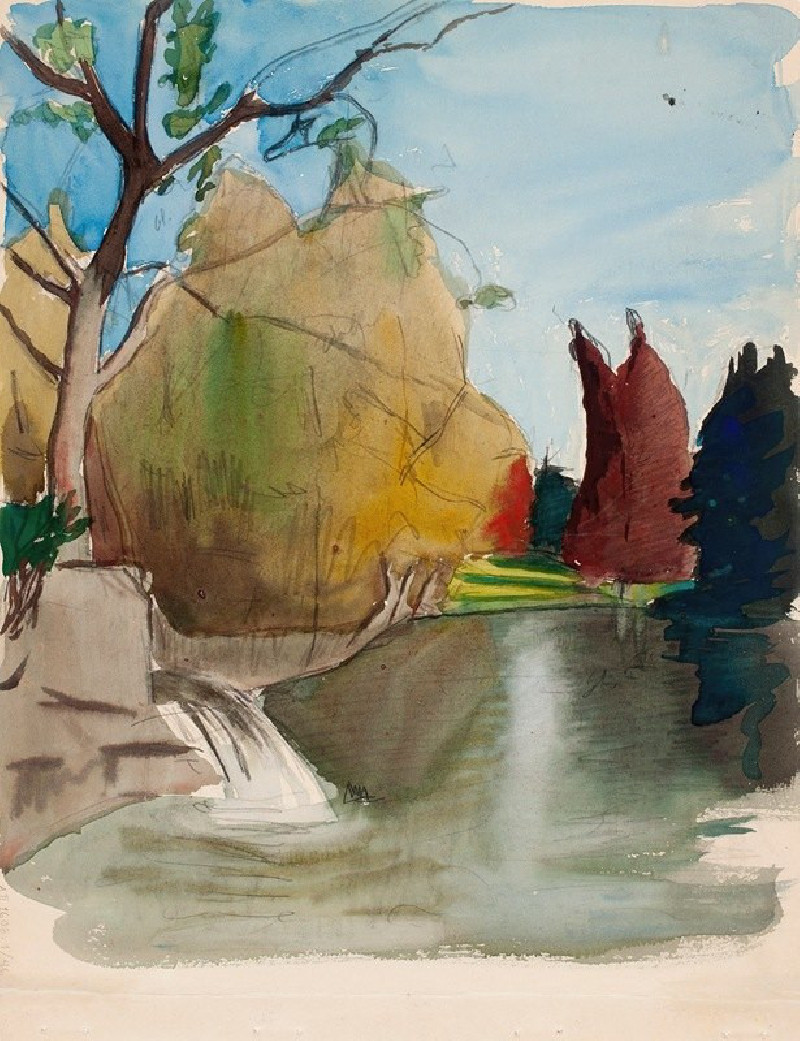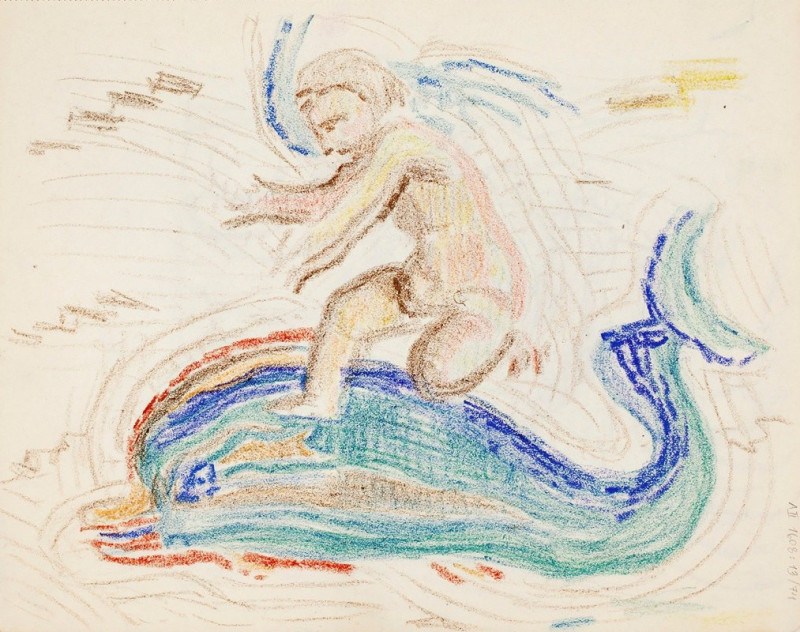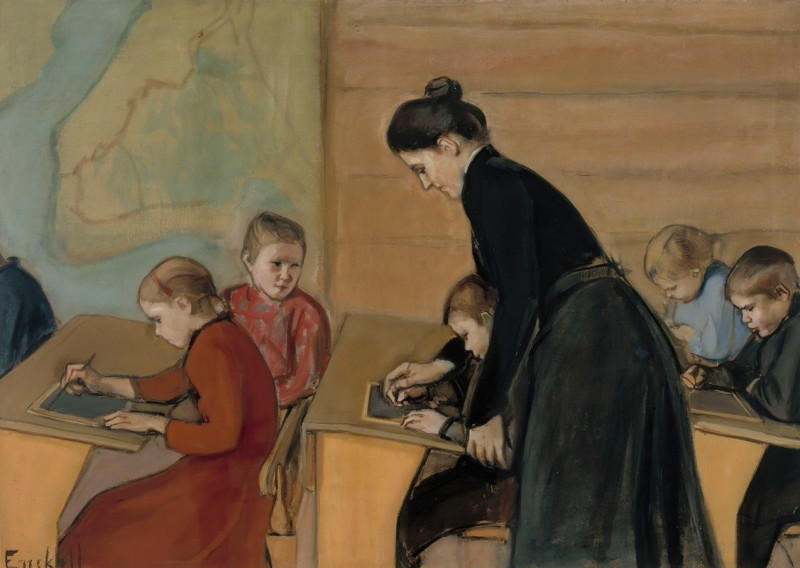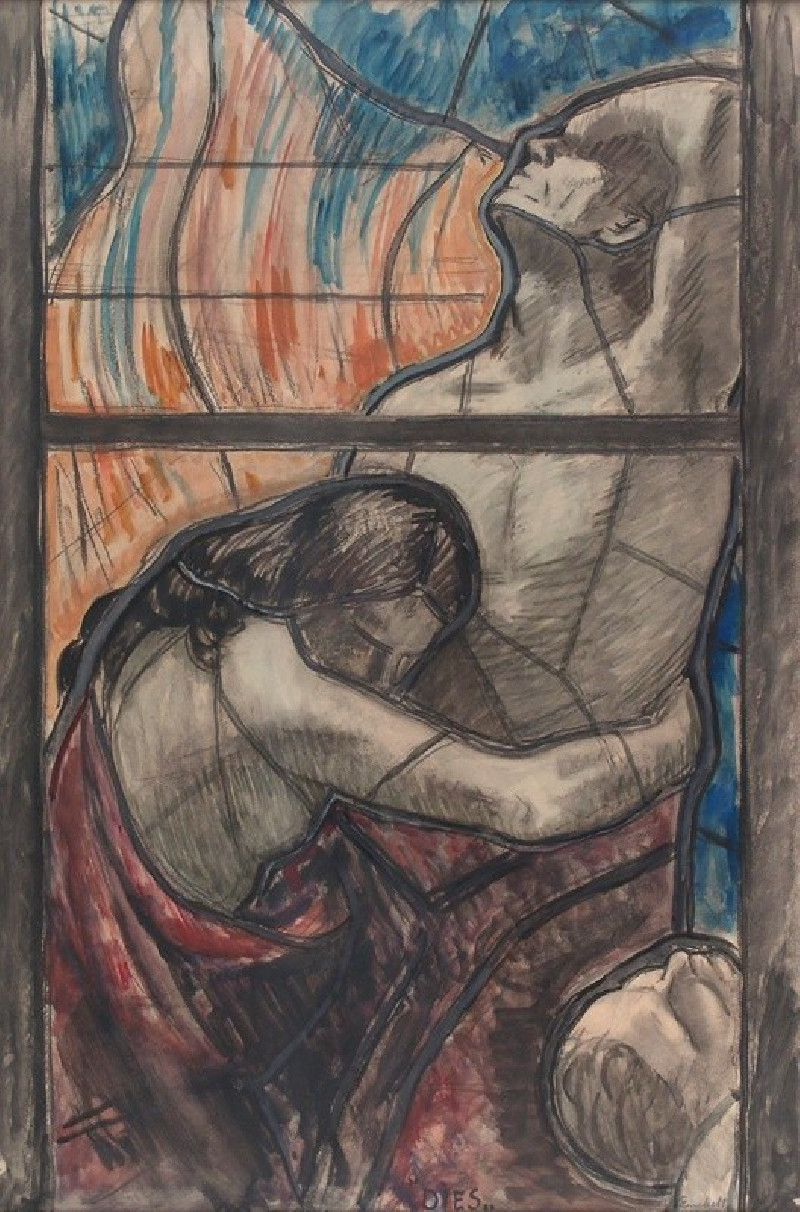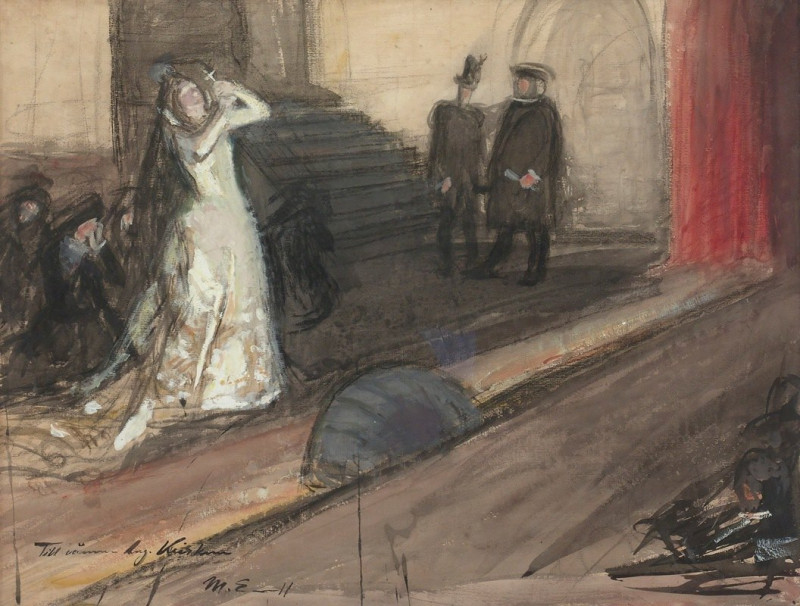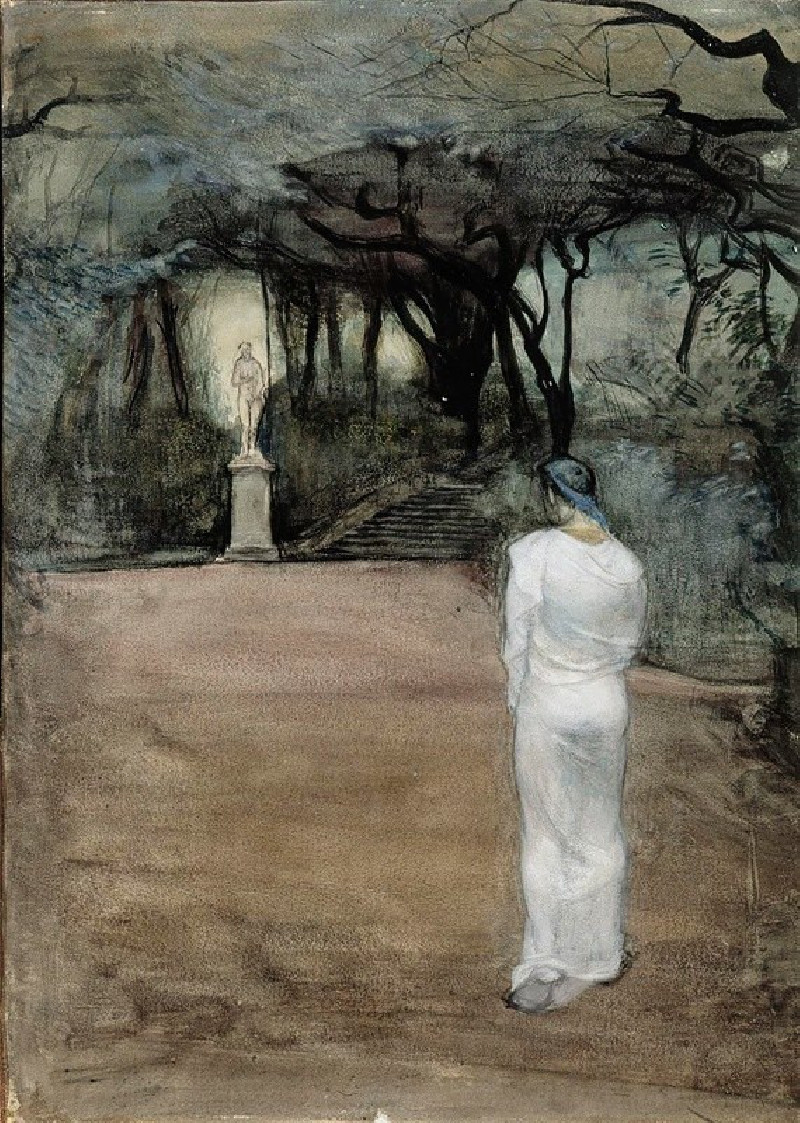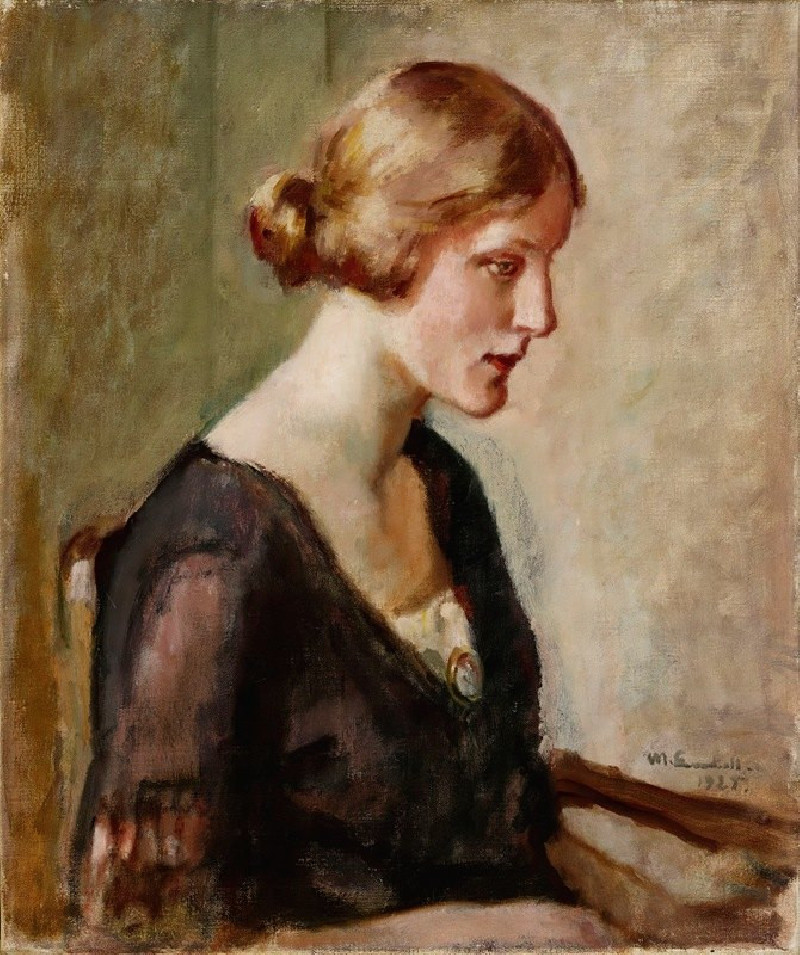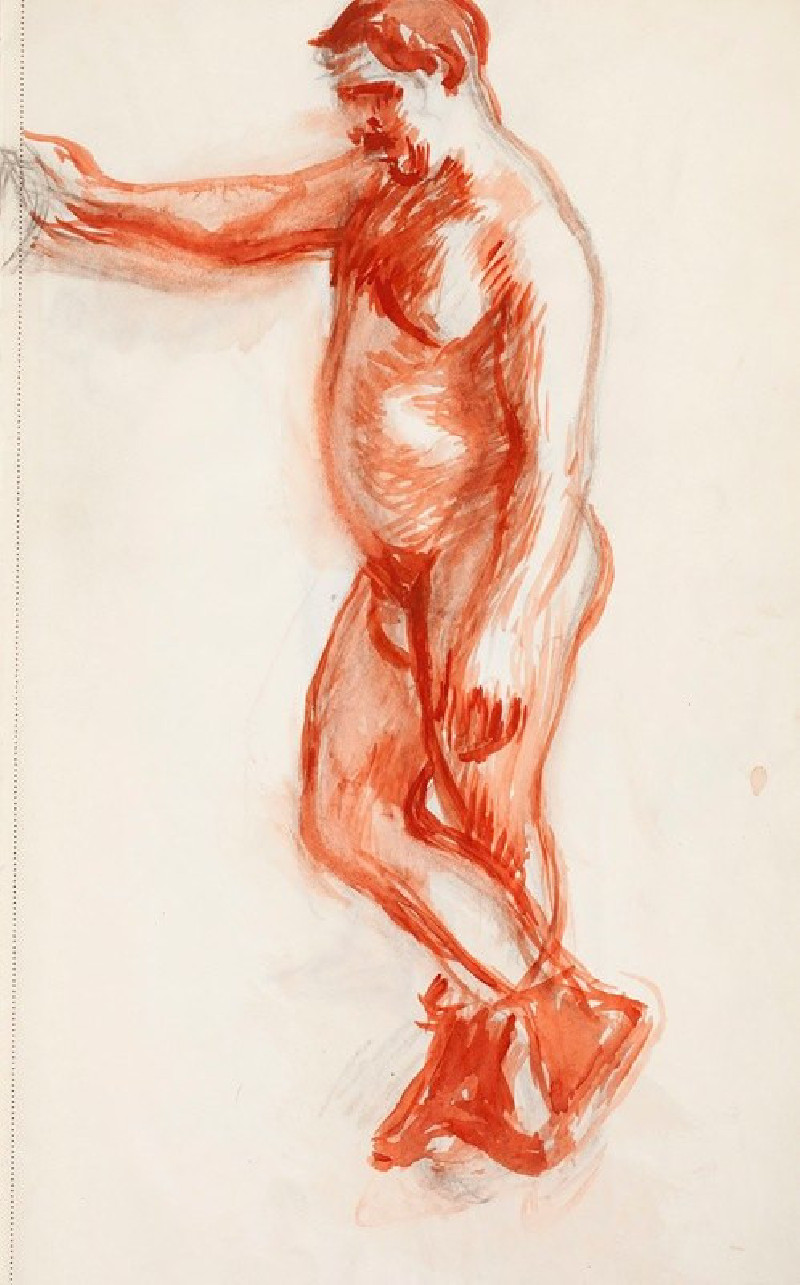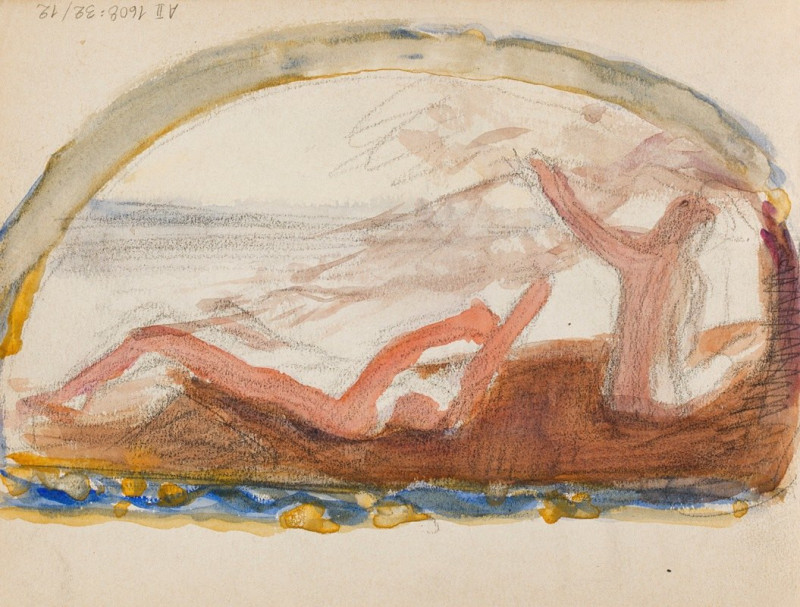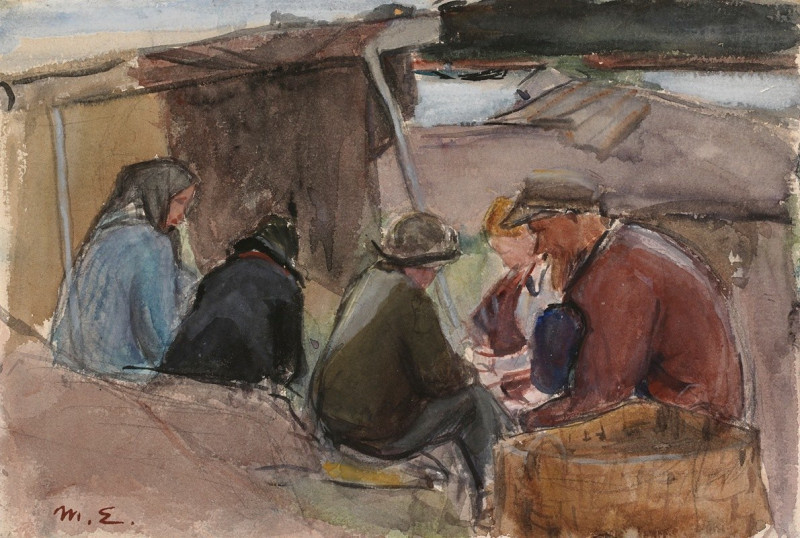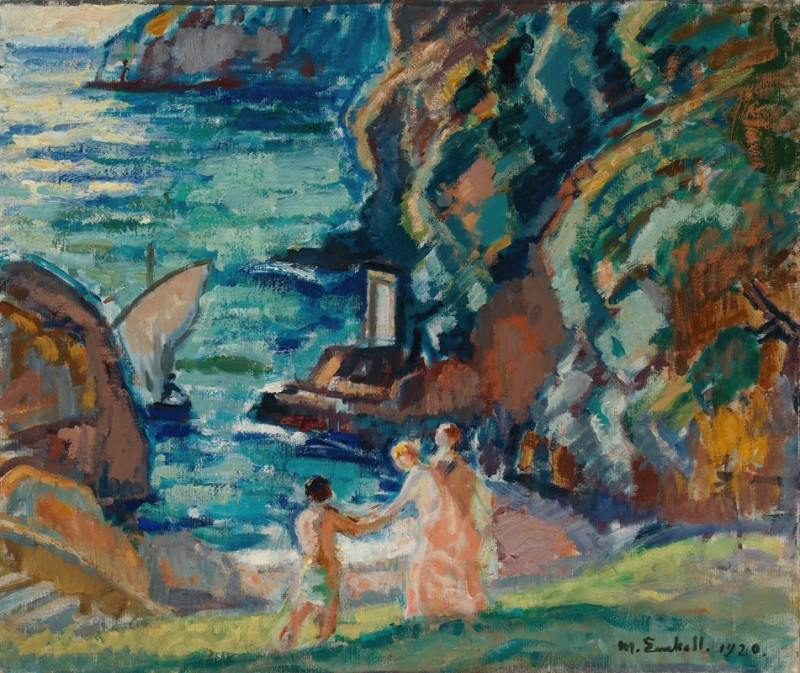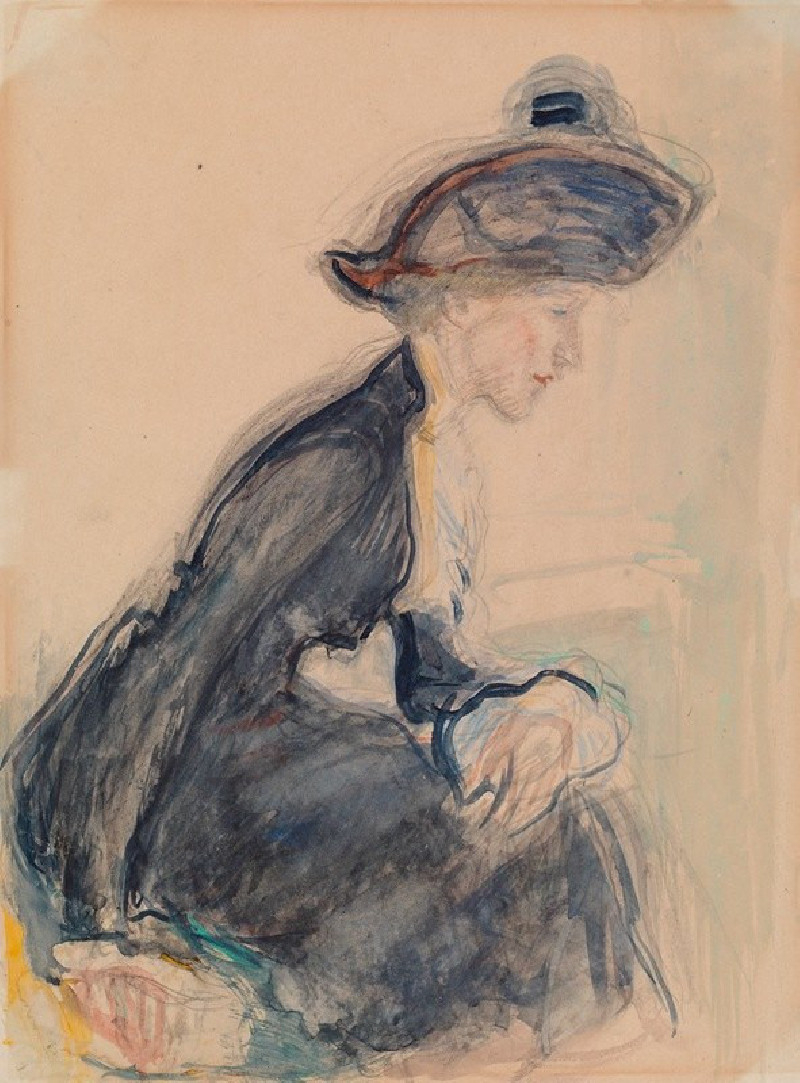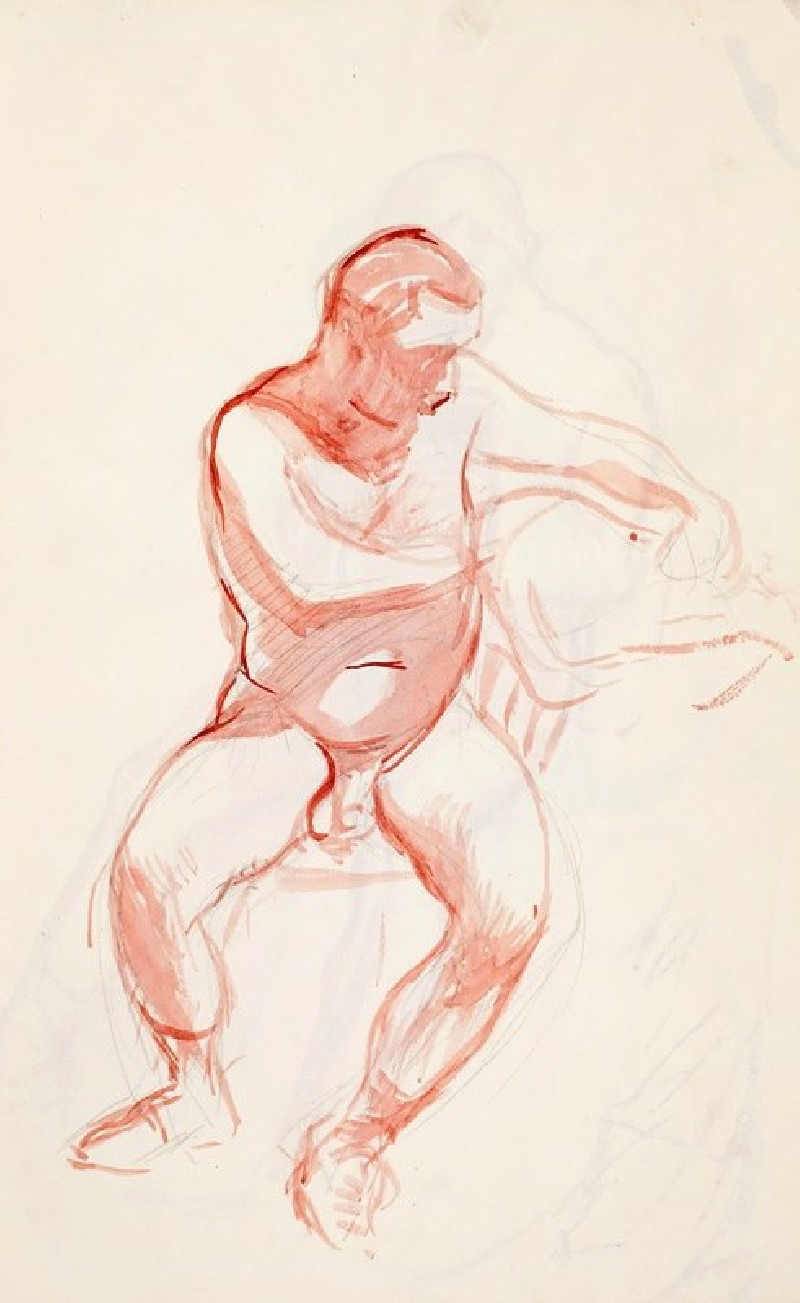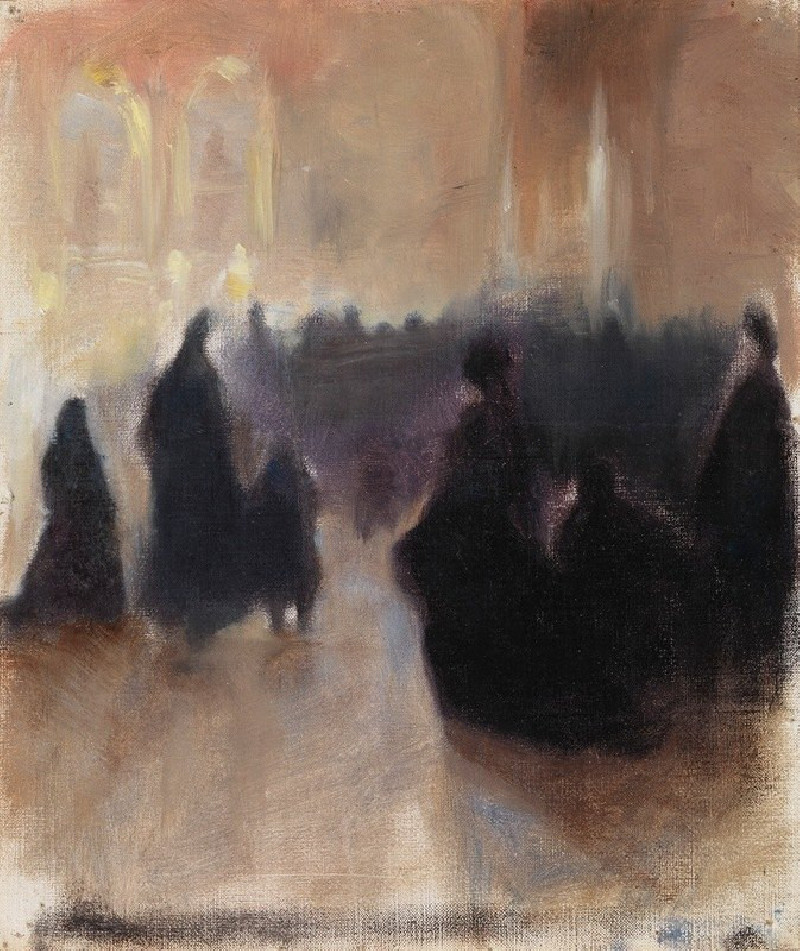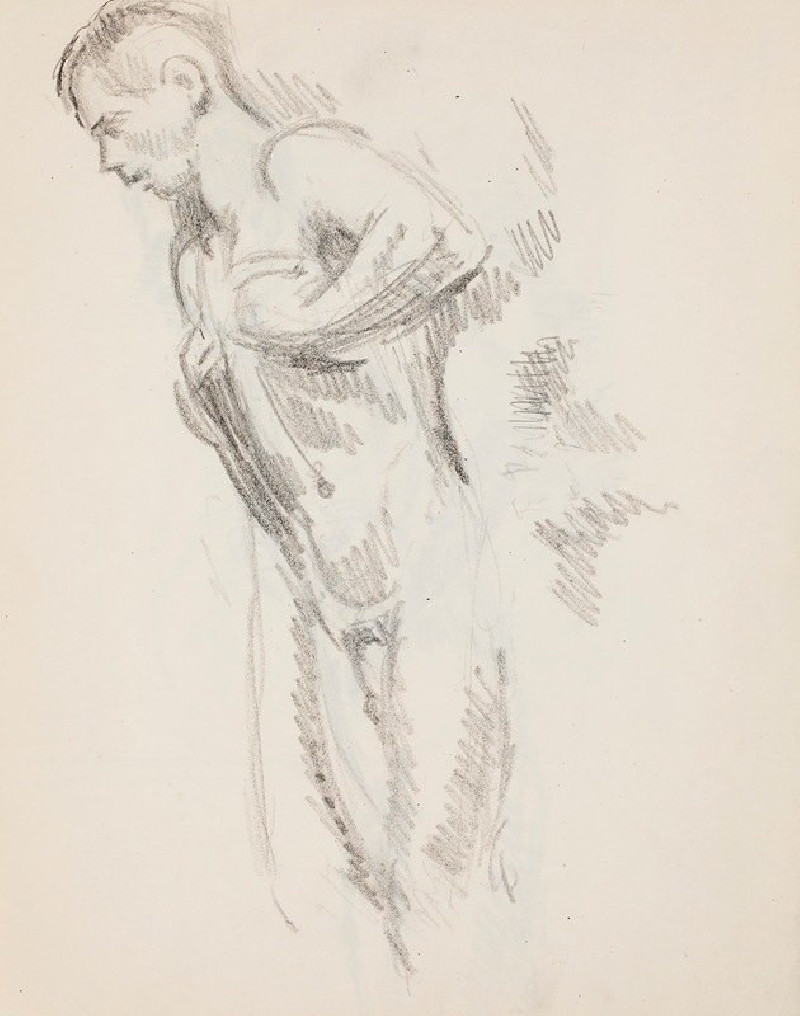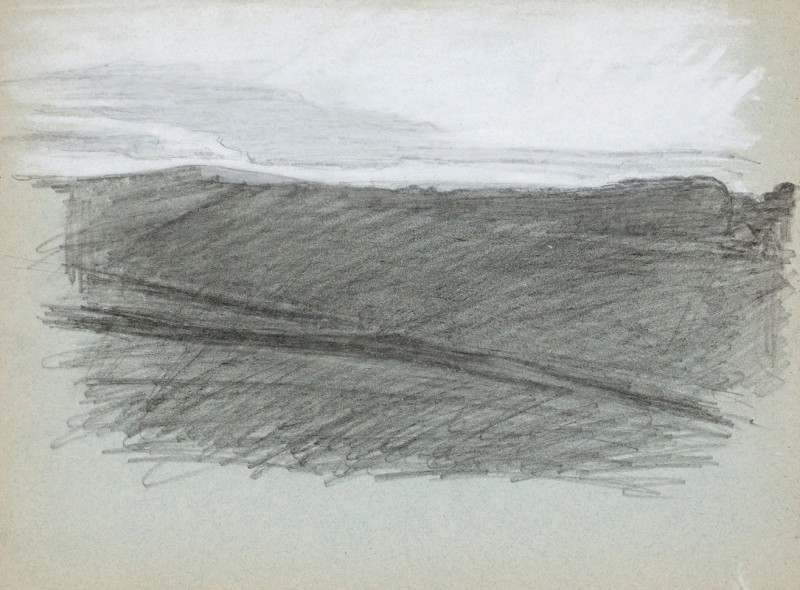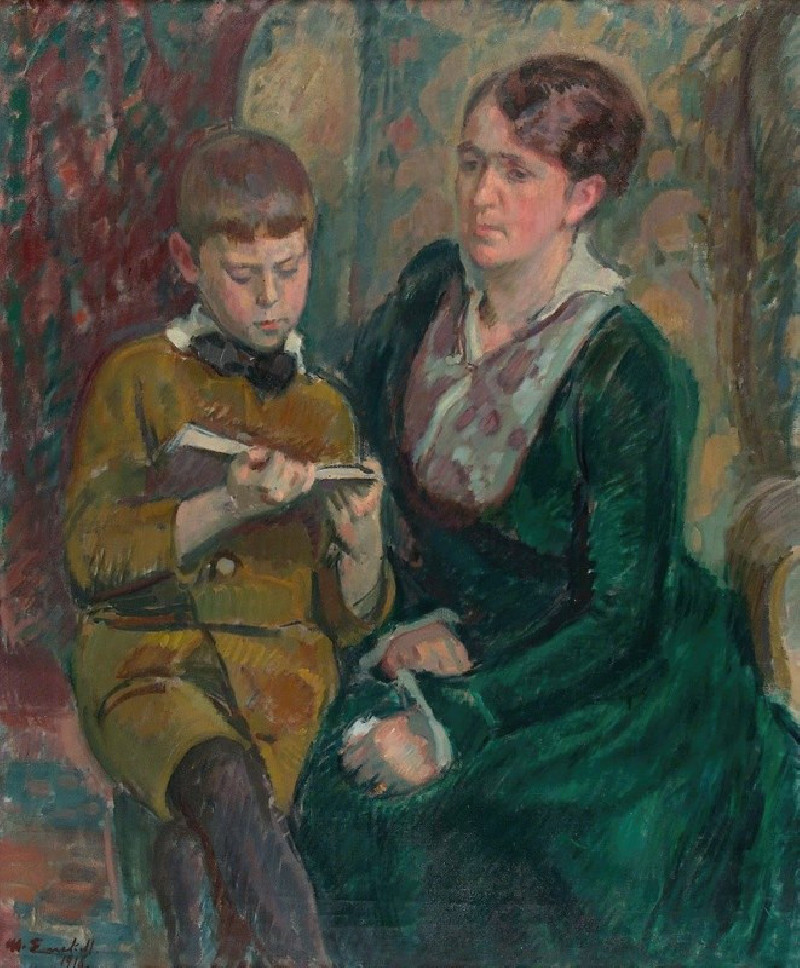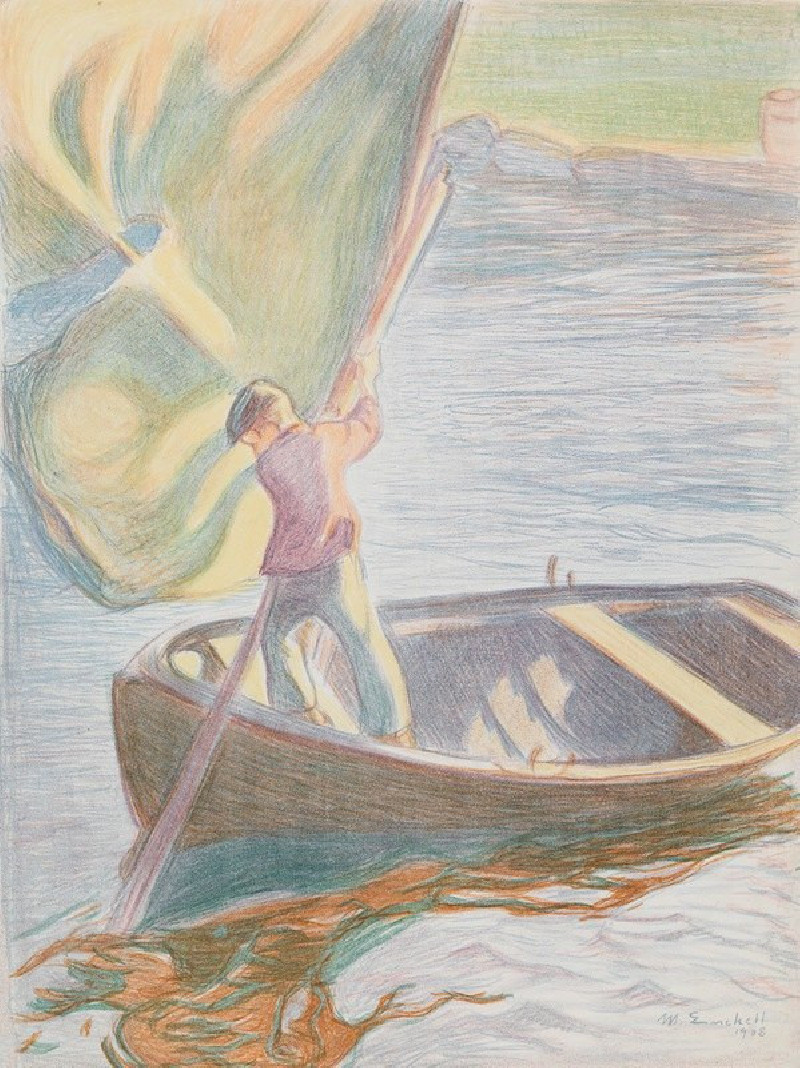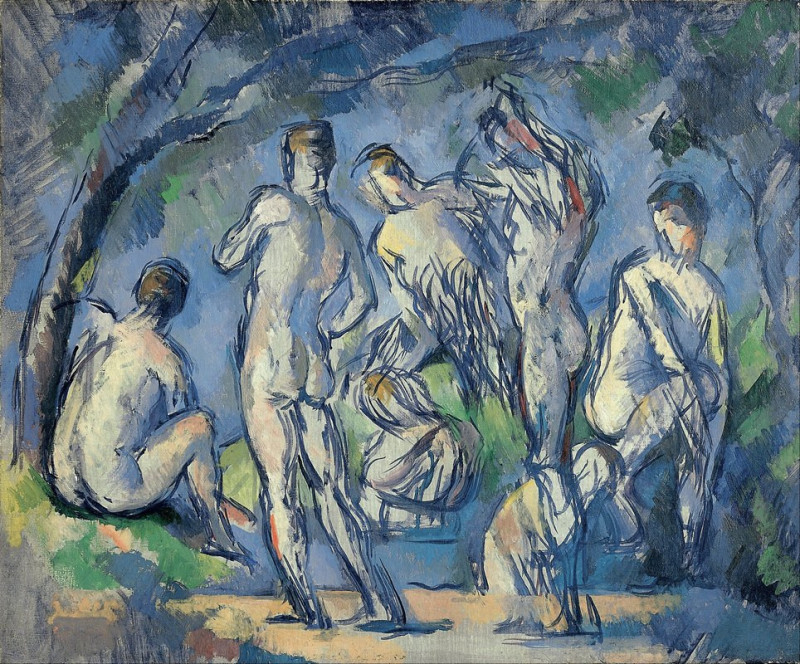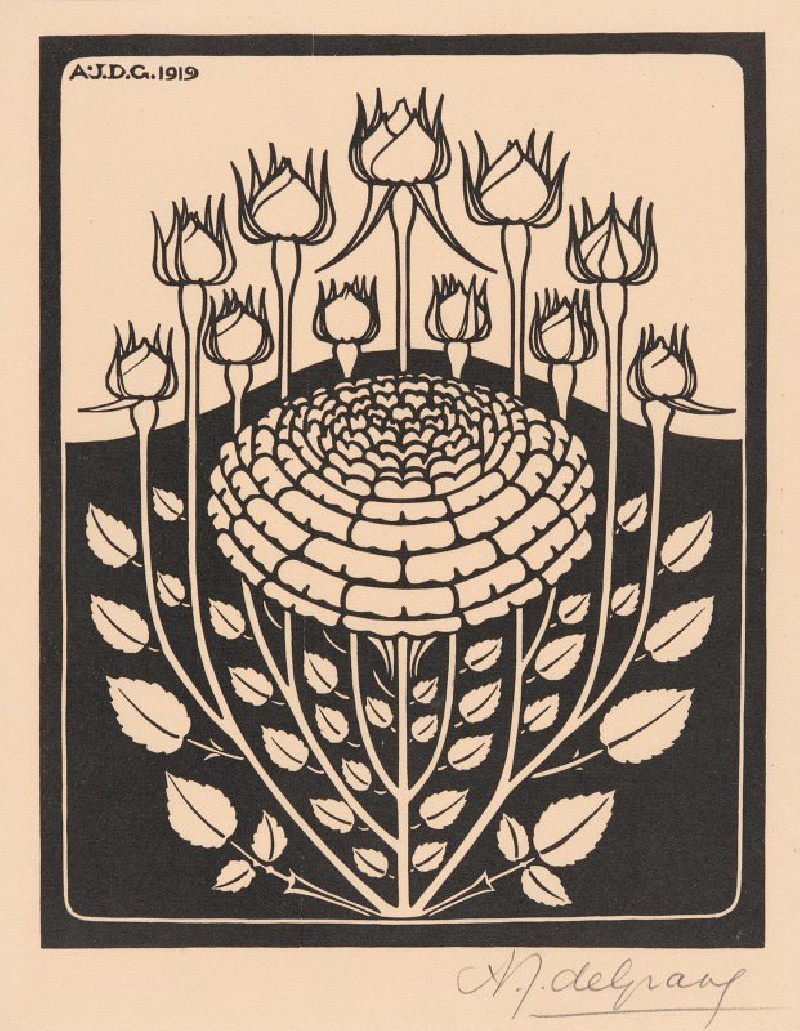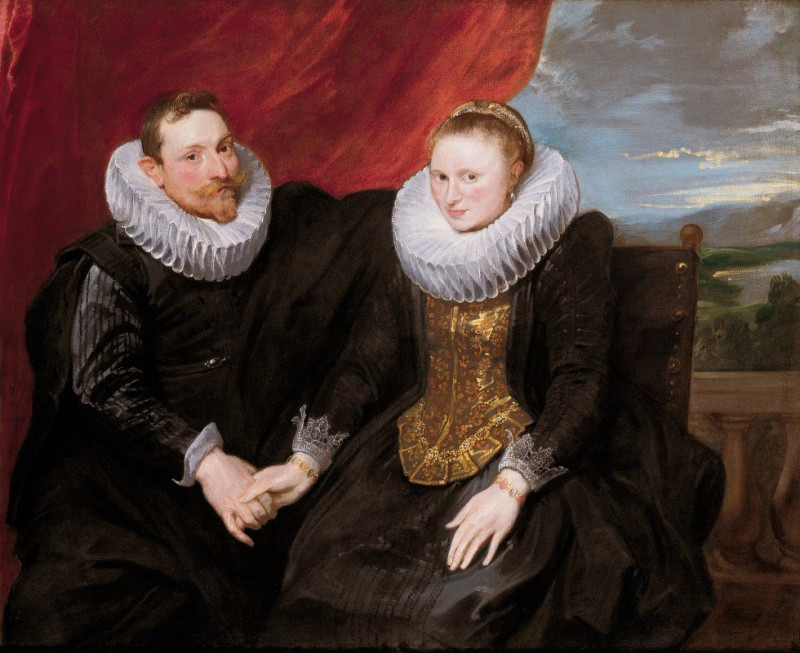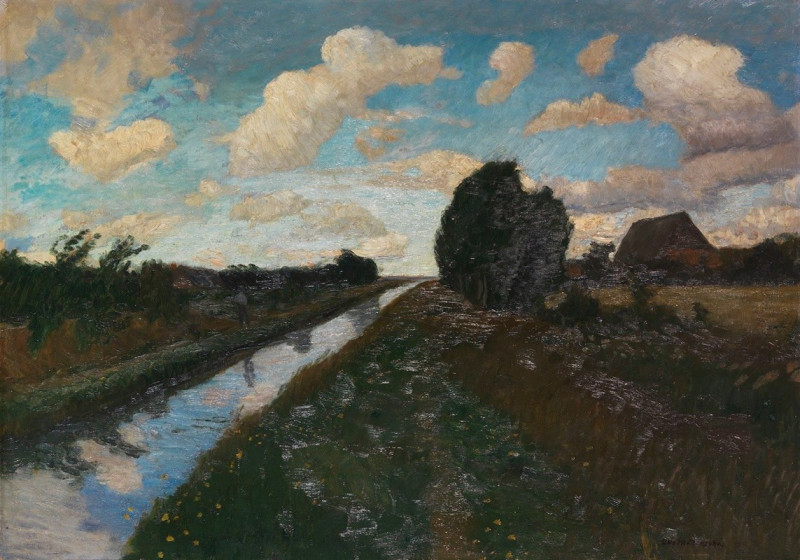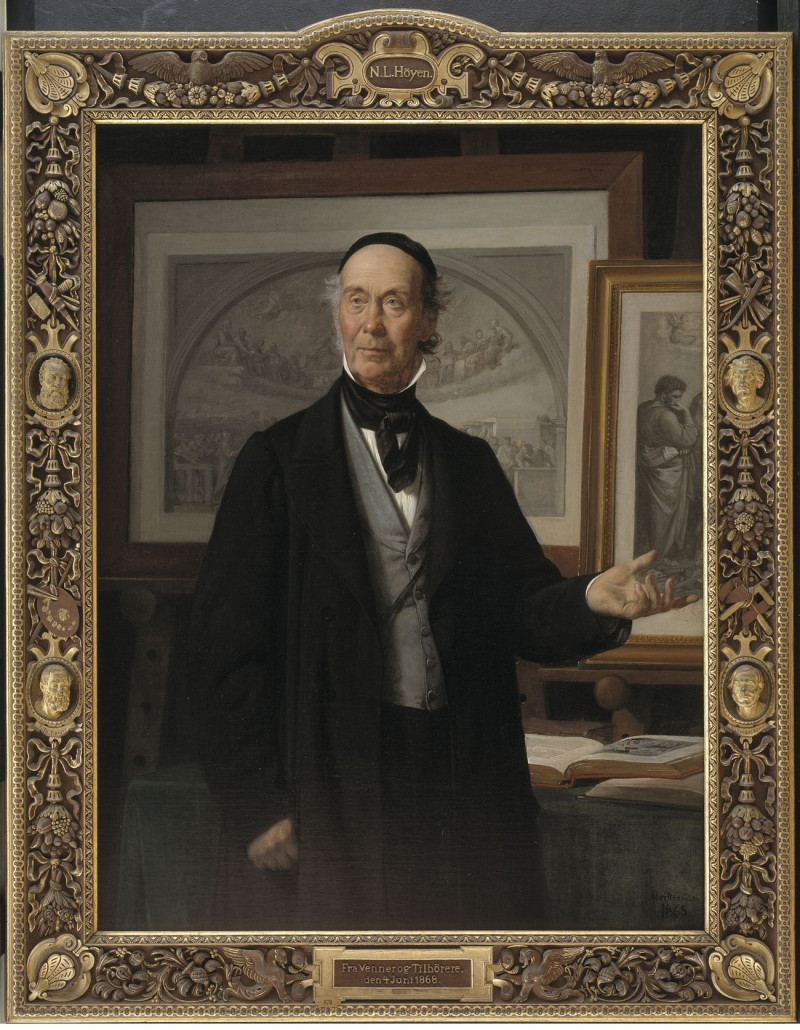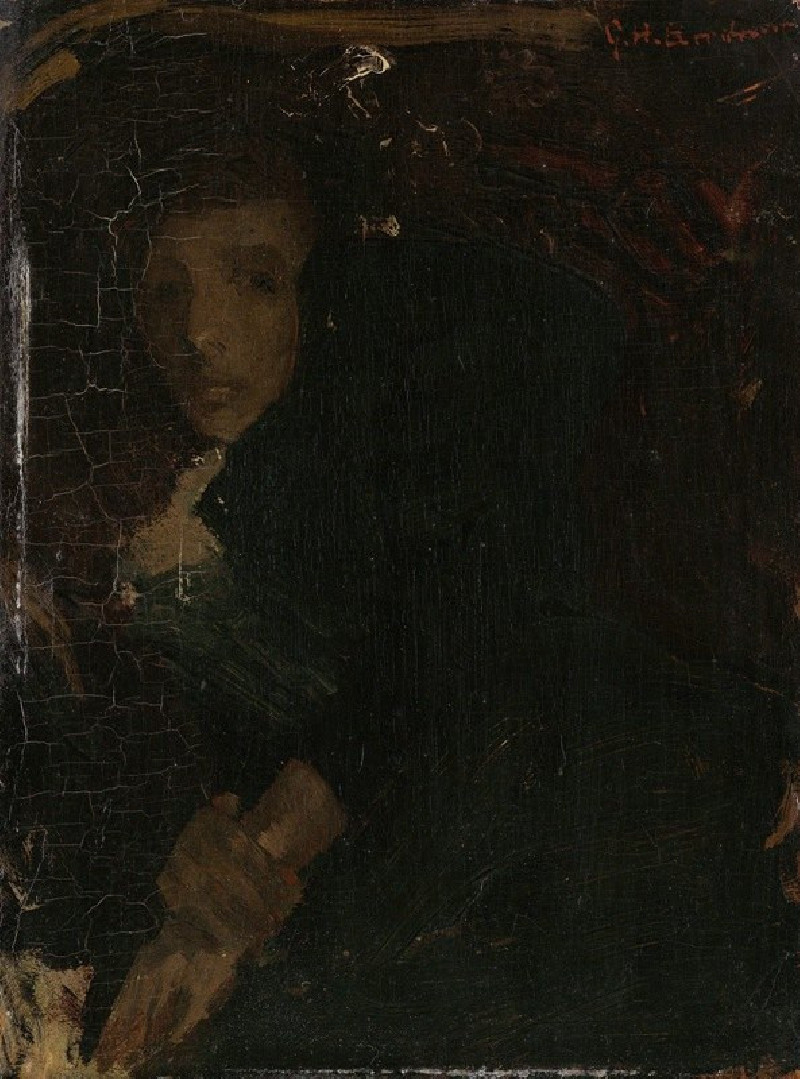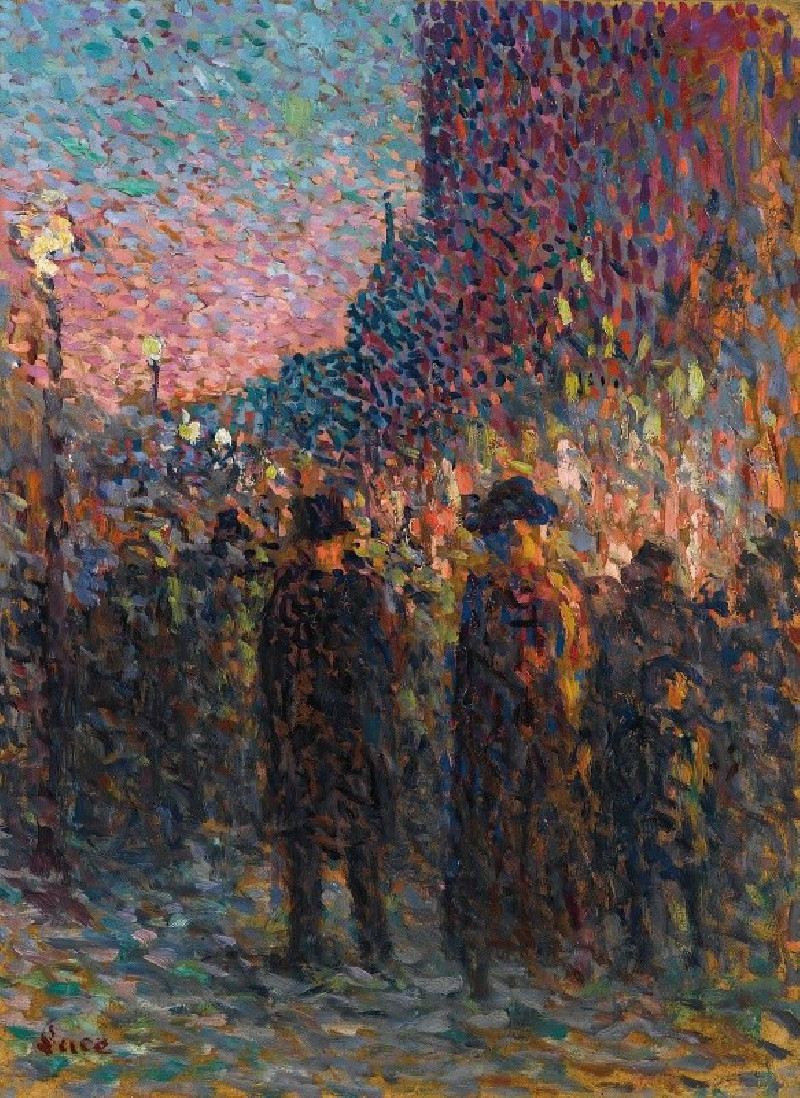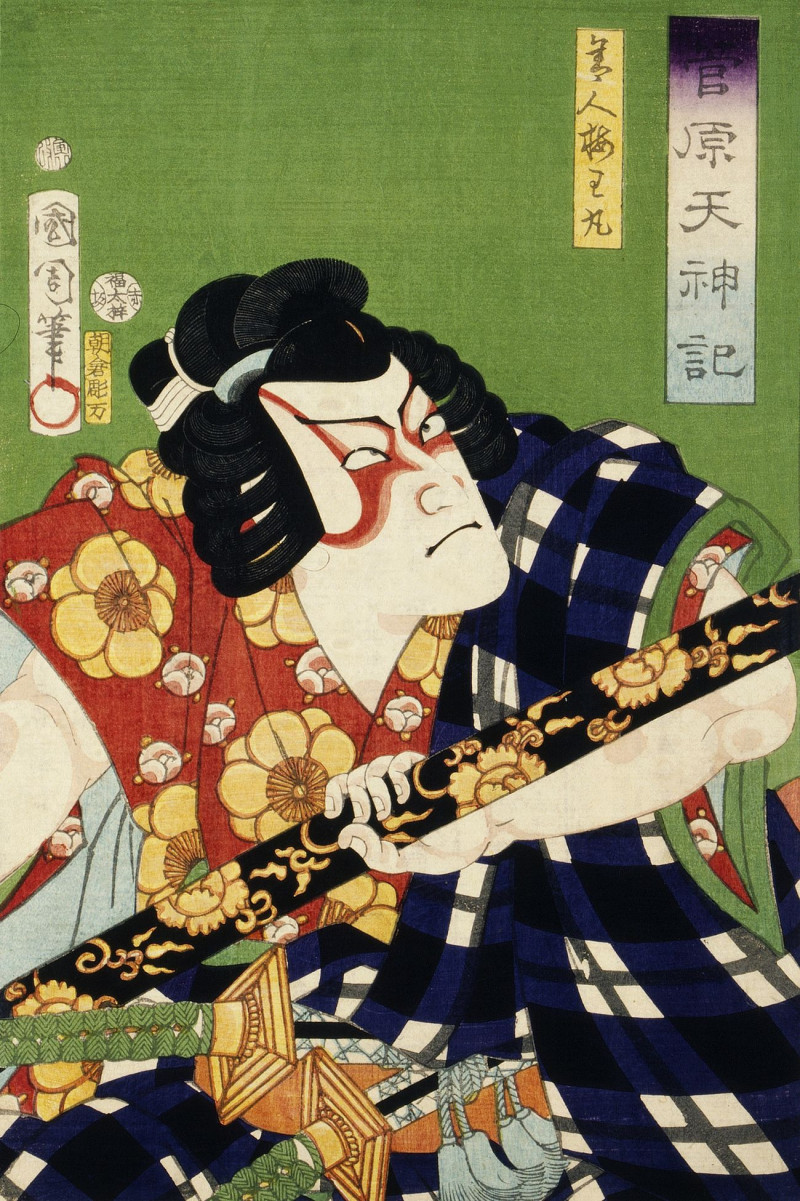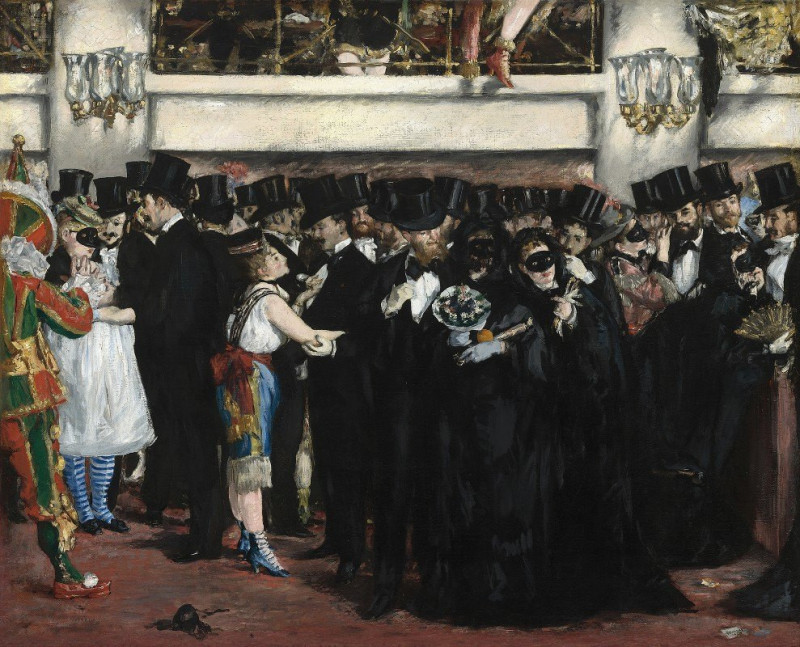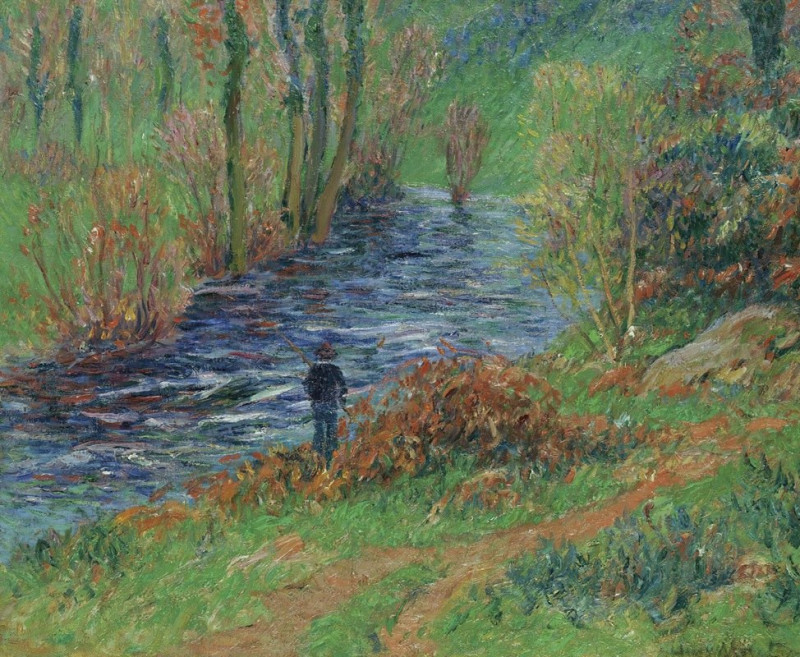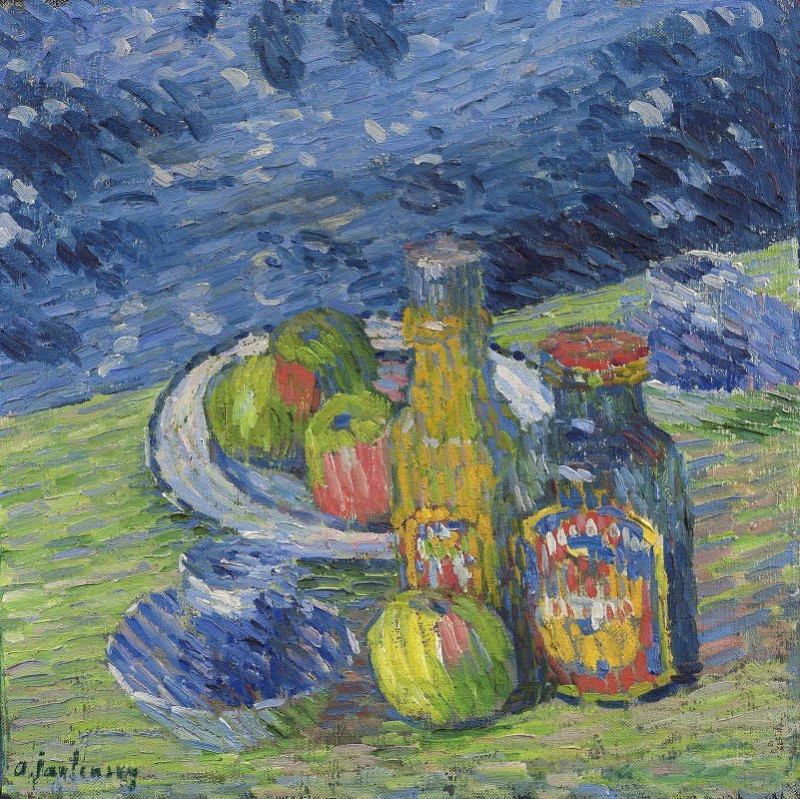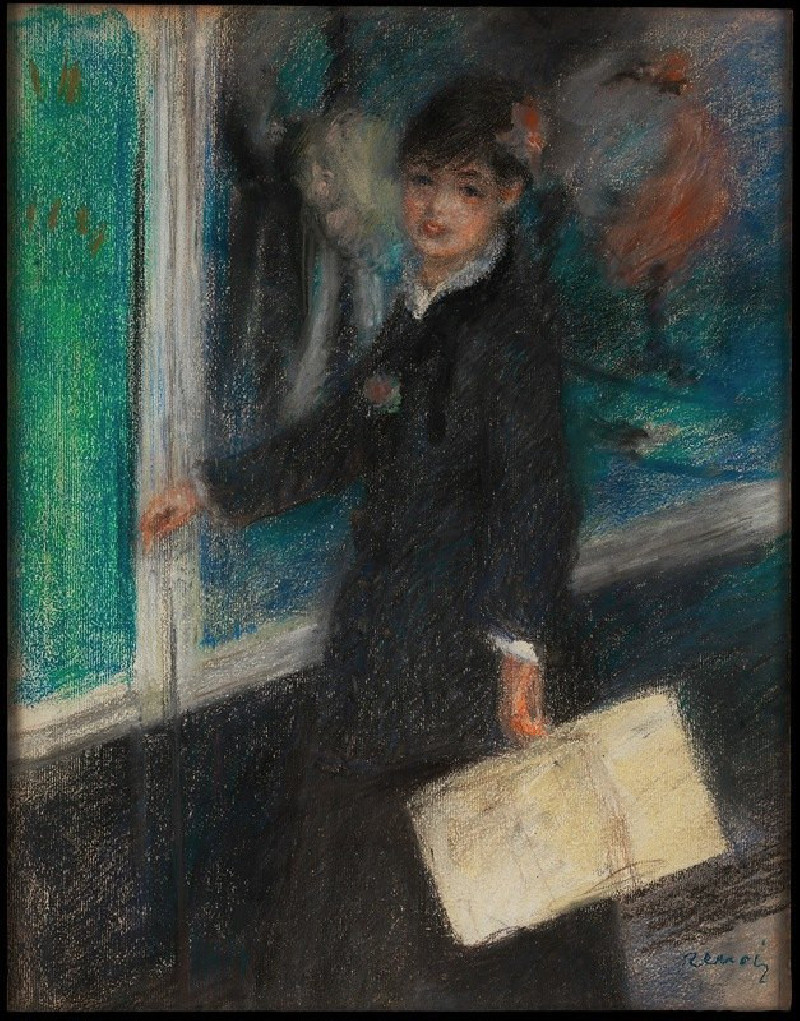Interior, 1905,
Technique: Giclée quality print
Recommended by our customers
More about this artwork
"Interior, 1905" by Magnus Enckell is a visually intriguing artwork depicting a cozy indoor scene. The composition is centered around a modestly-sized table placed near a window, draped with curtains that allow soft light to filter into the room. On the table sits a small plant in a pot, infusing a touch of life and natural element into this intimate setting.To the left, there is a rustic wooden chair that adds a sense of homeliness and simplicity to the scene. The room is warmly lit and suggests a sense of tranquility. The floors and walls are rendered in earthy tones, providing a sense of warmth and security. Enckell's use of light and shadow creates a contrast that adds depth to the space and enhances the texture of the wooden furnishings and walls.The backdrop includes a mantelpiece with a circular decorative object, further enriching the environment with character and personal touches, suggesting perhaps a lived-in space filled with memories or stories. The drawing technique, characterized by sketchy yet precise strokes, effectively captures the textures and adds to the overall ambiance of a serene and reflective space. The scene is devoid of people, inviting the viewer to imagine themselves in this tranquil setting, reflecting or enjoying a solitary moment.The subtle handling of light, intimate composition, and the soft rendering of an everyday scene speak to the introspective nature of Magnus Enckell's art, highlighting his ability to transform a simple interior into a subject of profound beauty and contemplation.
Delivery
Returns
Magnus Enckell (1870-1925) was a Finnish painter and graphic artist who was born in Helsinki. He studied at the Ateneum School of Art and later at the Académie Julian in Paris. Enckell was greatly influenced by the Symbolist and Art Nouveau movements, and his work often featured moody and dreamlike landscapes and portraits. He was one of the leading figures of Finnish art in the early 20th century, and his work helped to shape the development of modernist art in Finland. He passed away in 1925 at the age of 55, leaving behind a legacy that continues to inspire artists to this day.

